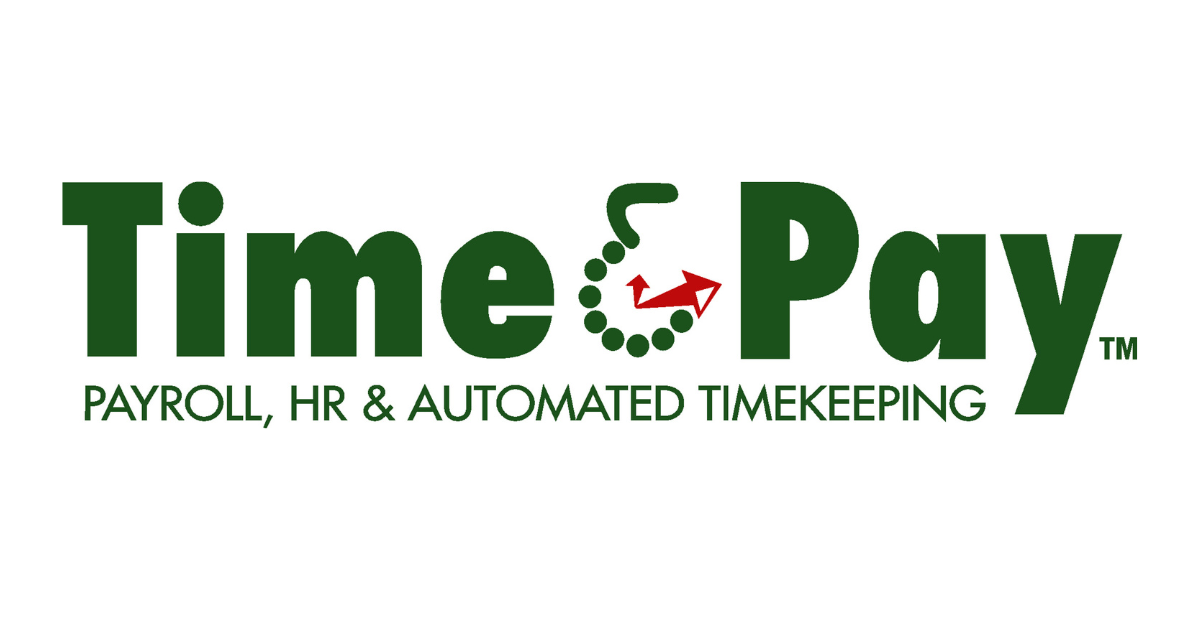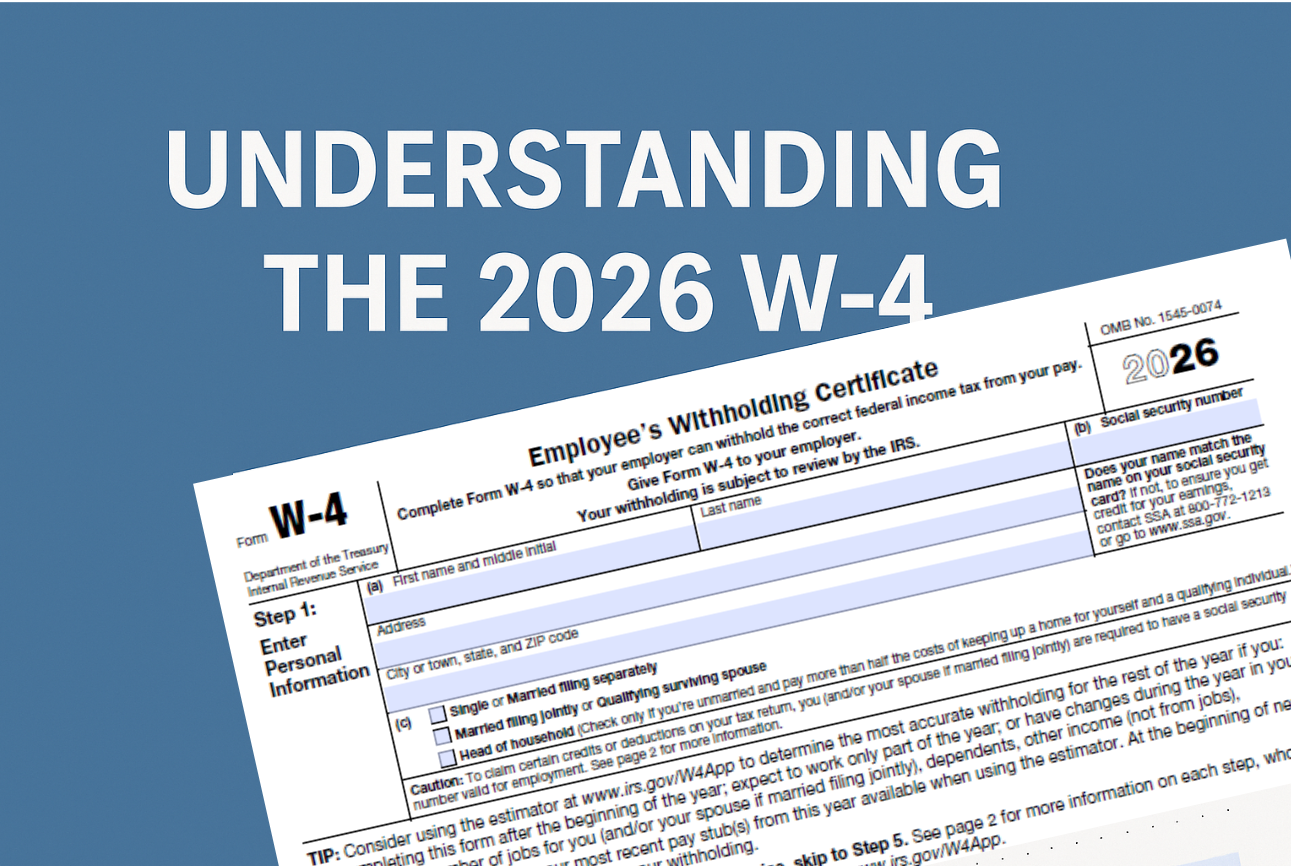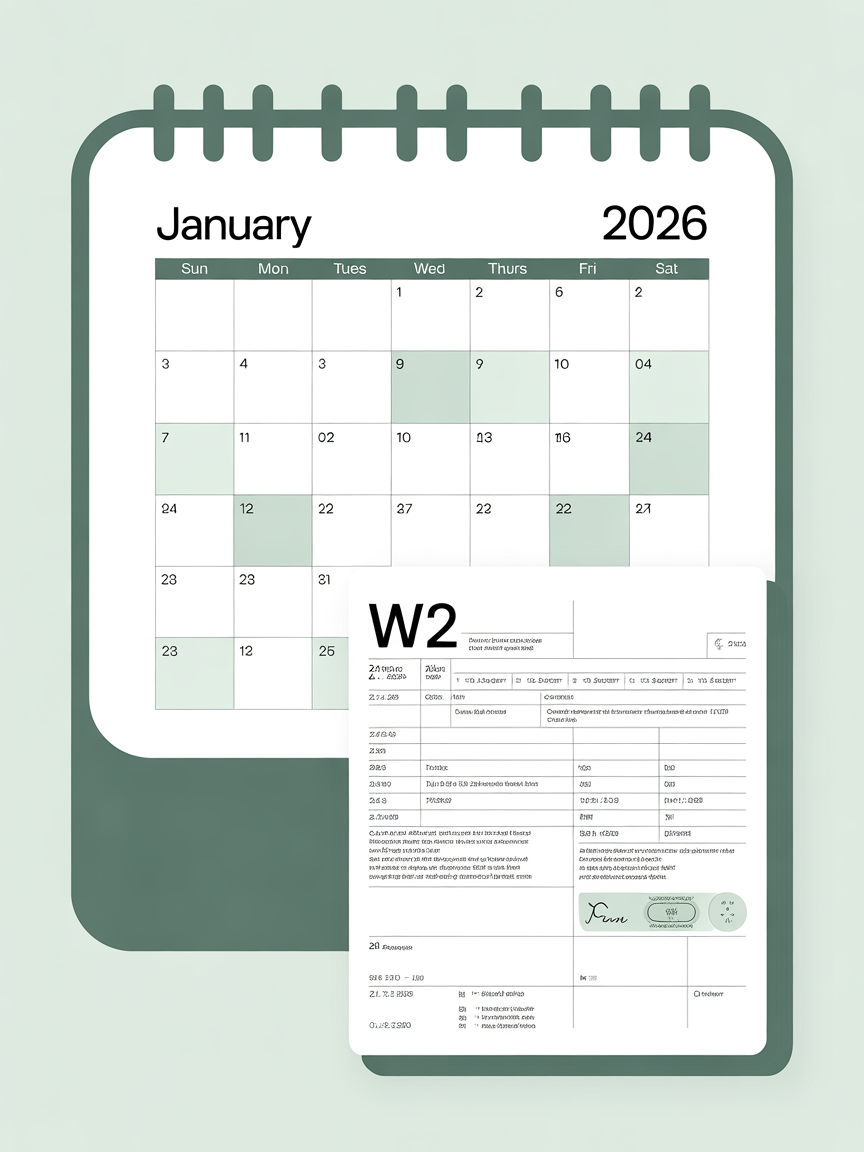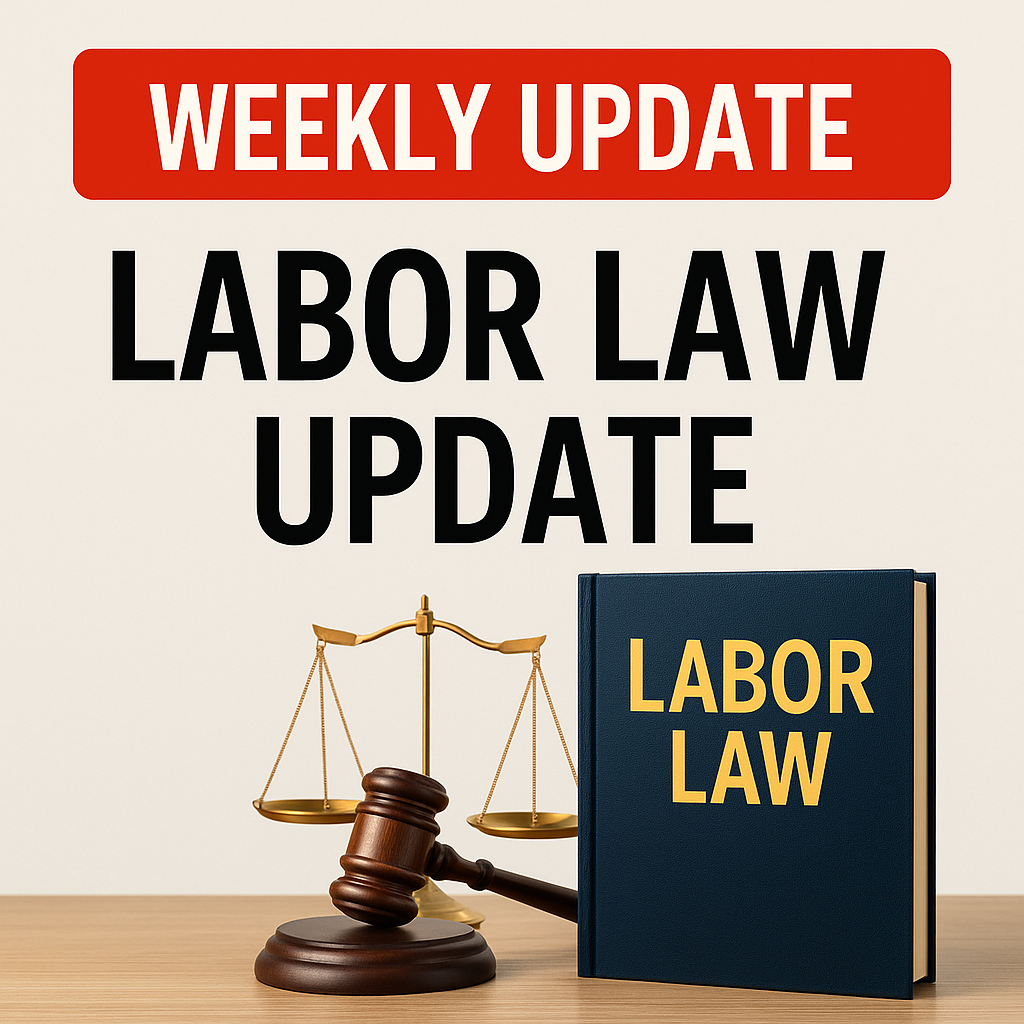Streamlining Your Onboarding Process with PayEntry's Hire and Onboarding Tool
Are you tired of drowning in paperwork every time you bring a new employee on board? Say goodbye to the hassle and hello to efficiency with PayEntry's Hire and Onboarding tool. This powerful feature of Time & Pay's online HR information system, Payentry, is designed to make your life easier and your new hires' first days smoother. Let's dive into how this tool can revolutionize your onboarding process.
The Heart of Efficient Onboarding
Located conveniently at the bottom left of PayEntry's platform, the Hire & Onboarding section is your new best friend for welcoming new team members. As one HR manager put it, "You'll use this system to onboard new employees...you can set up offer letters...and refine what your standard onboarding packet should look like."
Customization is Key
Every business is unique, and Time & Pay understands that. With the Manage Onboarding feature, you can:
- Tailor offer letters for different roles or departments
- Create custom onboarding packets
- Pre-fill employer sections on standard forms like W-4s
"You're going to refine the packet again, choose exactly which documents the employee needs to complete," explains a Time & Pay representative. This level of customization ensures that you're collecting all the necessary information without overwhelming your new hires.
Beyond the Basics: Enhanced Features
Time & Pay's tool goes above and beyond simple form filling. Here are some standout features:
- E-Verify Integration: "You can link your E-Verify account, or set one up if you don't already have one." This integration helps to ensure compliance and simplicity.
- WOTC Screenings: "You can use the system to screen for opportunities to claim Work Opportunity Tax Credits." This feature can lead to significant tax savings for businesses that hire veterans, ex-felons, and people that generally find it harder to find work.
- Digital Signatures: "Documents here can have signature pages attached so that the employee can acknowledge they've read them." This feature streamlines the acknowledgment process for important documents like employee handbooks.
- Seamless Payroll Integration: "Once they've finished everything…they'll automatically populate into payroll." This ensures accurate and timely first paychecks for your new employees.
A Cloud-Based Solution for Modern HR
In today's digital age, accessibility and security are paramount. Time & Pay's cloud-based system allows you to:
- Store employee documents indefinitely
- Access information from anywhere with an internet connection
- Maintain organized, digital personnel folders
Tracking Progress Made Simple
No more chasing down incomplete forms or wondering where a new hire is in the onboarding process. With Time & Pay, you can track progress in real-time via checkmarks, ensuring that all areas are completed before the employee's first day.
The Bottom Line
As one user succinctly put it, "So a really cool system with some great features—it can help simplify your onboarding process." By automating and streamlining the onboarding experience, PayEntry's Hire and Onboarding tool allows HR professionals and business owners to focus on what really matters: welcoming their new team members and setting them up for success.
Ready to transform your hiring and onboarding process? Don't let paperwork hold you back from growing your team efficiently. Contact Time & Pay today to explore how their powerful Hire and Onboarding tool can boost your HR efficiency and create a smoother start for your new employees.




